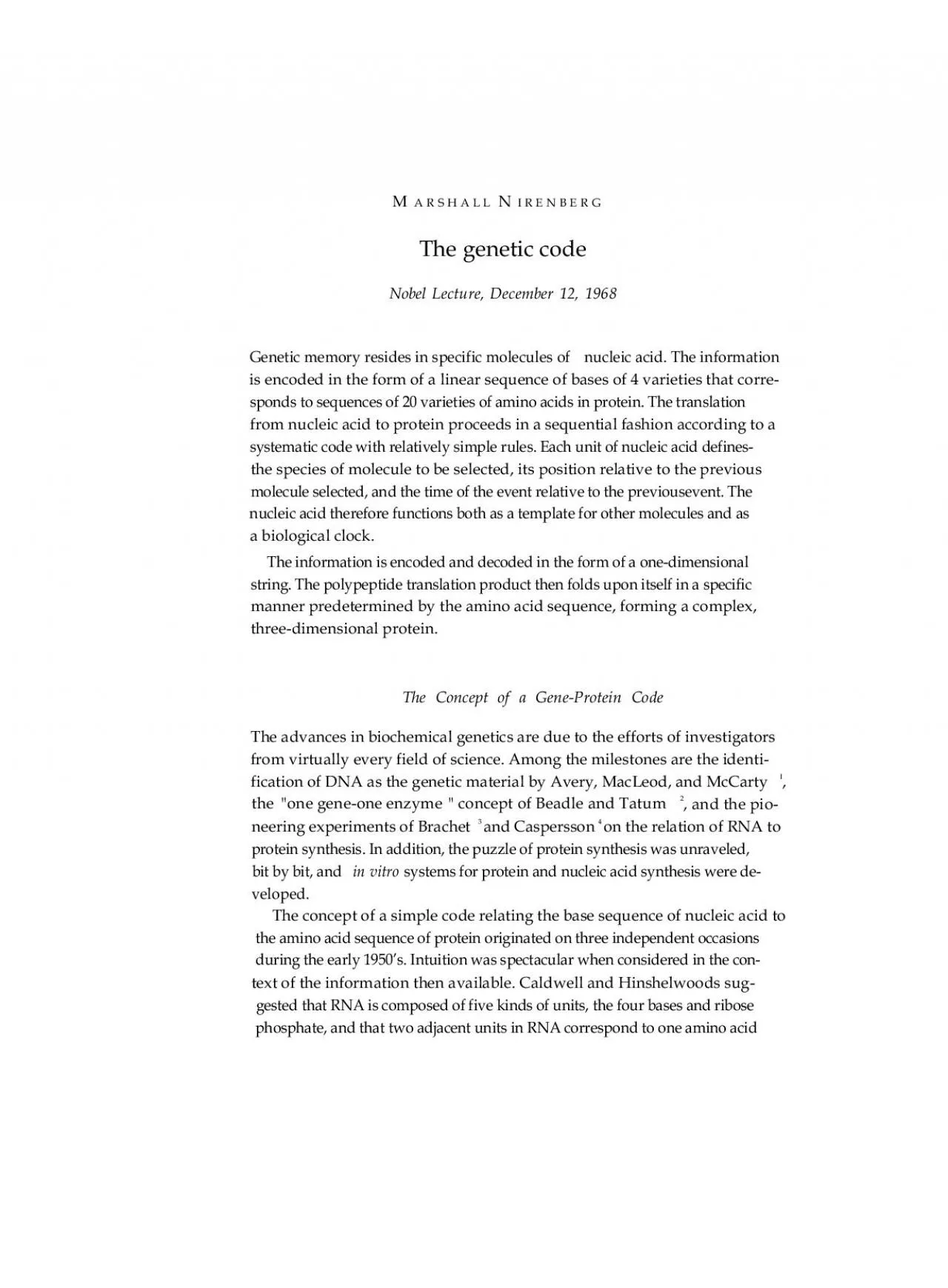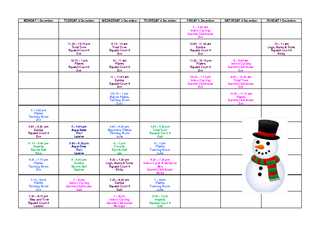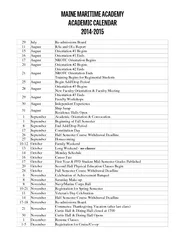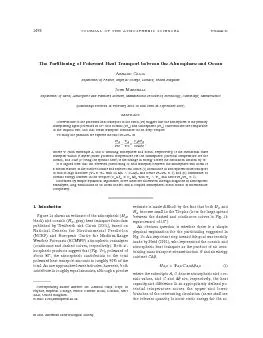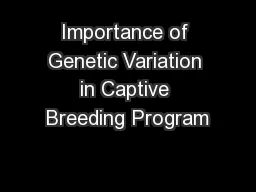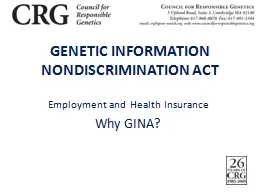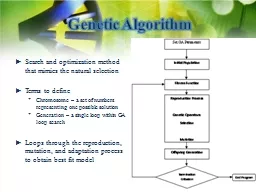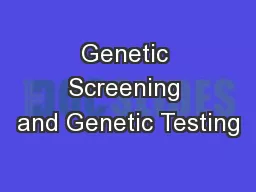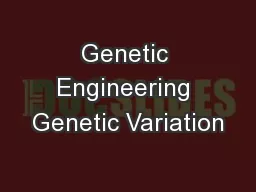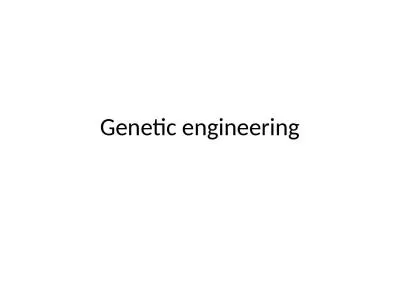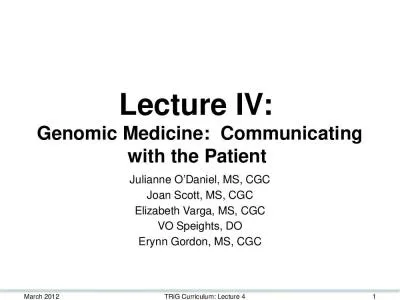PDF-ARSHALL IRENBERGThe genetic codeNobel Lecture December 12 1968Geneti
Author : ethlyn | Published Date : 2022-08-25
THE GENETIC CODE373in protein Dounce6 proposed that three adjacent bases in RNA correspondto one amino acid in protein In addition the concepts of polarity of translation
Presentation Embed Code
Download Presentation
Download Presentation The PPT/PDF document "ARSHALL IRENBERGThe genetic codeNobel Le..." is the property of its rightful owner. Permission is granted to download and print the materials on this website for personal, non-commercial use only, and to display it on your personal computer provided you do not modify the materials and that you retain all copyright notices contained in the materials. By downloading content from our website, you accept the terms of this agreement.
ARSHALL IRENBERGThe genetic codeNobel Lecture December 12 1968Geneti: Transcript
Download Rules Of Document
"ARSHALL IRENBERGThe genetic codeNobel Lecture December 12 1968Geneti"The content belongs to its owner. You may download and print it for personal use, without modification, and keep all copyright notices. By downloading, you agree to these terms.
Related Documents

